
Montane are at their best when they're making super-light, super-specialist products, and the Alpine 850 Nano is very much the embodiment of that philosophy. It features a premium 850 fill power goose down that's bonded with gold particles* - which isn't something you can say about many other jackets - and features Primaloft Gold in high moisture areas (although there's no actual gold in that - it's just really good). It's also 220g in size Medium, which - I think we can all agree - classifies it as being ridiculously light. However, what does all this mean, and does a jacket this light do what you want it to do? Here's how we got on…
*more on what this means later
In Use
One thing that is worth clarifying before we get any further into the details is what your priorities are when looking for an insulated jacket. The Alpine 850 Nano excels in terms of its low weight and packability, and if it's these attributes you're primarily interested in, then it will be a really interesting offering. On the other hand, if warmth or durability are more your concerns then it's worth highlighting that there's only so much of either that a jacket that weighs a scant 220g with 60g down in it can provide, versus a multitude of more suitable (and in many cases cheaper) alternatives.
** for context, the Anti-Freeze Hooded Jacket we reviewed last year featured 140g 750+ down, and is - unsurprisingly - much warmer; however, it also weighs 360g.
One bonus of the jacket's remarkably tiny weight is that it has actually encouraged me to carry it more often than not, just in case, because when it only weights 220g then why not? It's something I've packed countless times throughout the spring, summer and autumn simply to provide some comfort whilst stationary. It's hard to narrow down what activities you can do with it as a result of this, because it has application across the board - hillwalking, scrambling, camping, climbing and mountaineering. So far I've always used it as an outer layer, but for mountaineering it could also double up as part of your layering system, underneath a shell on cold alpine starts. Super light down jackets such as this aren't just an outer layer, they can act as a really functional and warm mid layer too, and the fact that the Alpine 850 Nano features Primaloft in high moisture areas (the armpits and the front of the collar over your mouth) means that it manages that moisture really well.
I could also see it being used for running and cycling too, especially for mountain marathons and bike packing adventures, where space is at a premium. It'd be the height of luxury during something like the OMM, where a weightier down jacket wouldn't be justifiable. And carried as an emergency backup on a winter hill run it's hardly going to tip the scales.
Fit
The Alpine 850 Nano definitely punches above its weight in terms of warmth. There are a variety of reasons for this, but fit is definitely one of them. It's close fitting, making it extremely efficient at keeping that warm air in, and not allowing it to escape. It's almost worth thinking of it as having a jumper fit, as opposed to what you'd expect from a belay jacket, although you could size up if you were anticipating wearing multiple layers underneath.
The other impressive thing about the cut is the freedom of movement it affords. You can move your arms around and above your head with minimal hem lift, which is ideal from a climbing and mountaineering perspective.
The hood is very much in keeping with the rest of the jacket, insofar as it's snug and fitted. It is, as a result of this, an under helmet hood, not one to pull over a bulky helpet, but that's to be expected for a jacket of this weight. Being closer-fitting also helps the hood to more effectively keeping the warmth in - a lot of warmth can be lost wasted from an outsized helmet-fitting hood.
It's also worth noting that whilst we are reviewing the men's version here, a women's version is also avaiable.
Features
The Alpine 850 Nano comes with a separate stuff sack. Historically I've not been the biggest fan of stuff sacks, partly because they have a habit of getting lost and partly because I much prefer it when the method of storage is integrated into the jacket (i.e. within a reversible pocket). In the case of the Alpine 850 Nano I suspect the decision not to do the storage pocket thing might have stemmed from a desire not to add any extra weight to the jacket, which is good from a headline figure perspective but a bit of a shame from a convenience point of view.
So, what's with the gold?
We thought you'd never ask. Well, the addition of gold particles to the down makes it sound like something out of a science fiction movie or a creation you'd expect to be sold in a collab with Vogue; however, the reality is that the bonding of gold particles provides something less bling and far more useful, namely a chemical-free method of making the down hydrophobic.
The benefit of this, versus other treatments, is that it is much longer lasting. It's also inert and PFC-free. In the past I would always have suggested using synthetics in wetter conditions, but my opinion on this is changing, as modern treatments (such as Nikwax Hydrophobic Down) have improved significantly in recent years. Gold particle bonding does appear to be the next phase of development, with various other brands having adopted the technology too of late. I would say that through my own use I've noticed it most whilst working and sweating hard in the Alpine 850 Nano, as it allows the moisture vapour to pass through very effectively, without absorbing it - or at least not enough for me to notice.
Ethics and environment
The down is RDS-certified, while the jacket's inner and outer fabrics are 100% recycled, and feature a PFC-free DWR.
Summary
There can't be many - dare we say any - jackets that provide quite as much insulation as the Alpine 850 Nano at a featherweight 220g. As a result of this, it's the first choice when it comes to anything where weight or space are critical, from mountaineering to backpacking to running. I've been surprised by how much I've used it, but perhaps I shouldn't be. After all, the cut is fantastic - hence it's a wonder to wear - and the fact that it's so light means that there's no reason not to take it just in case, especially in the British climate where anything can happen on a given day.















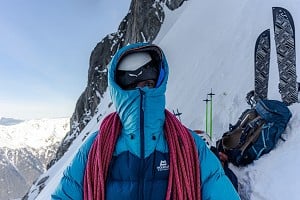
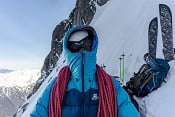



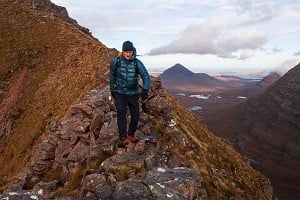



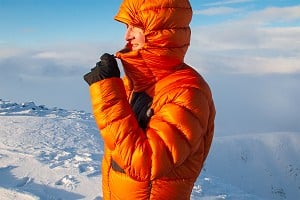

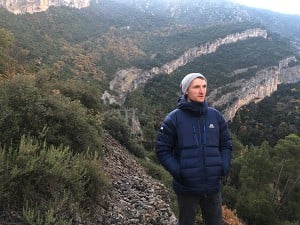
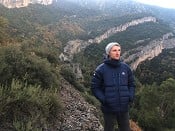
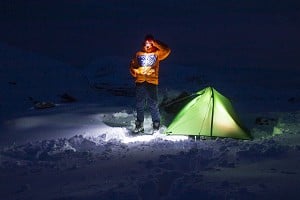
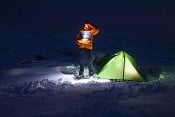
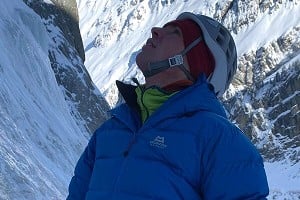



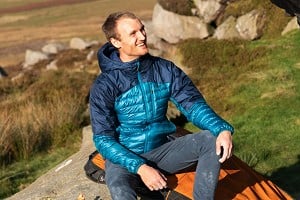



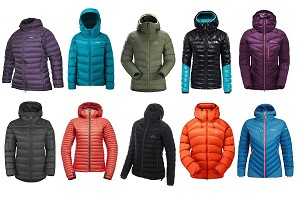
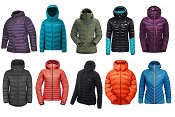
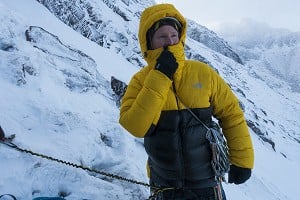
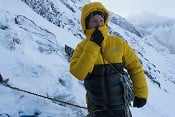
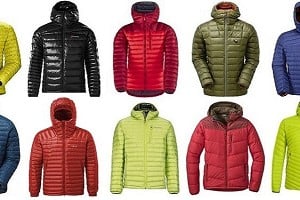
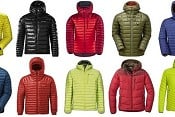
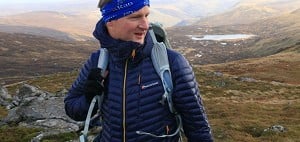

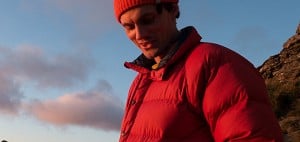

Comments
Thanks Rob - good review. A couple of questions if I may:
How does it compare to the Rab Mythic G in terms of warmth? What are the limits of the hydrophobic down treatment - I assume we’re still some way short of providing similar performance to synthetic when properly wet?I'm not Rob (obviously!) but the Mythic G has twice the amount of down and at a higher fill power so will be much warmer. From Montane the 'alpine lite 850' would be a much closer comparison to the mythic G. In terms of warmth when wet , you don't really want to get any insulation soaking wet (synthetic or down) but if the forecast was iffy most people would be carrying a light waterproof to wear over a down jacket like this in any case .
Sorry for the delayed reply.
James123 has said pretty much exactly what I would have regarding the Mythic G, which is that it has substantially more down in - hence incomparable in terms of warmth.
When it comes to the down treatment, I am of the same mindset that is if it's raining heavily - you want something waterproof over the top. If it's a bit damp - even drizzling - then these modern treatments do a great job of repelling that, but if it's outright rain then there's only so much they can do!!
Hi Rob, like you said in the article piece like this is often a great choice for carrying just in case after all the best jacket is one that you've actually got with you.
I think for activities like fell/trail running, mountain biking, even brisk hill walking when you're not planning on stopping much/at all it's sometimes a tough choice between a bulkier/heavier synthetic jacket that copes better with moisture and a usually much lighter much more compressible down jacket that is also usually warmer.
Thanks for the responses Rob and James.
I suppose my point was that for an additional 50g of weight you appear to get at least twice the warmth with the Rab Mythic G? Probably more as it’s a lot warmer than my Montane Featherlight down which with 140g of 750 fill seems broadly similar to the Montane Alpine Lite?
I own the Mythic G and use it for spring split board touring / mountaineering when weight and compressibility is key. Given UKC have recently reviewed the Mythic G I thought you’d missed an opportunity for comparison?
The second question was related to whether the new ‘gold’ treatment made the down performance in any way comparable to synthetic when wet. The Montane Featherlite has hydrophobic down but ime doesn’t compare to my Patagonia Das Parka or my (very old now) ME Fitzroy for performance when wet. I wouldn’t consider using the Featherlite as a belay jacket in Scottish Winter for example.
James, I’m not sure I agree with your point that “you don't really want to get any insulation soaking wet (synthetic or down)”. I frequently put my Das Parka on over a wet hardshell in classic Scottish sleet which often then turns to rain at some point.
Equally, lest it appears I’m Montane bashing, my synthetic Montane Fireball Verso (one of my favourite bits of kit now sadly unavailable) functions really well when soaked and is my go to for mountain biking and sea kayaking when I know it’s going to get soaked.
I was broadly trying to understand whether this new treatment represented a genuine leap forward in capability or just a more ecologically friendly way of achieving the same result.
I probably should have added more context to my original questions…